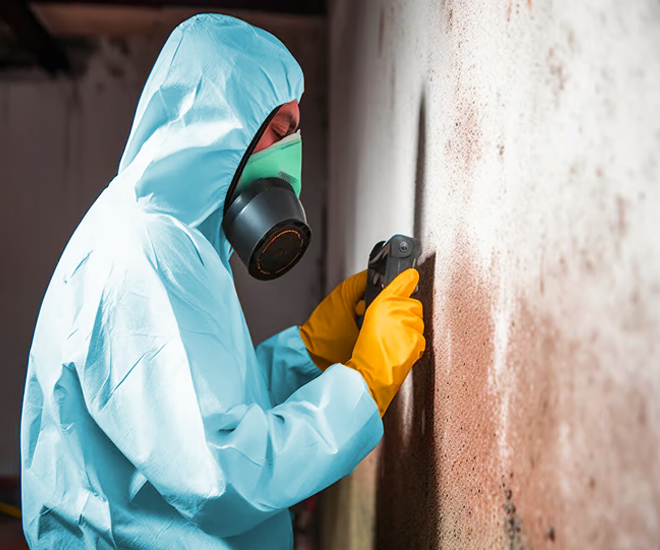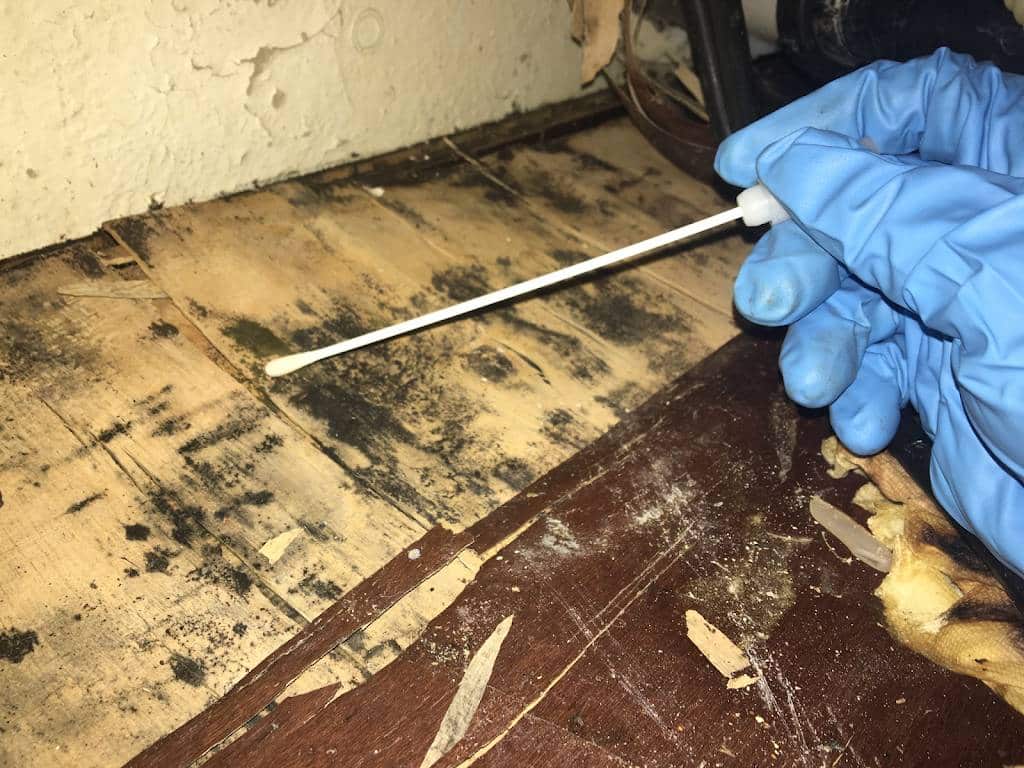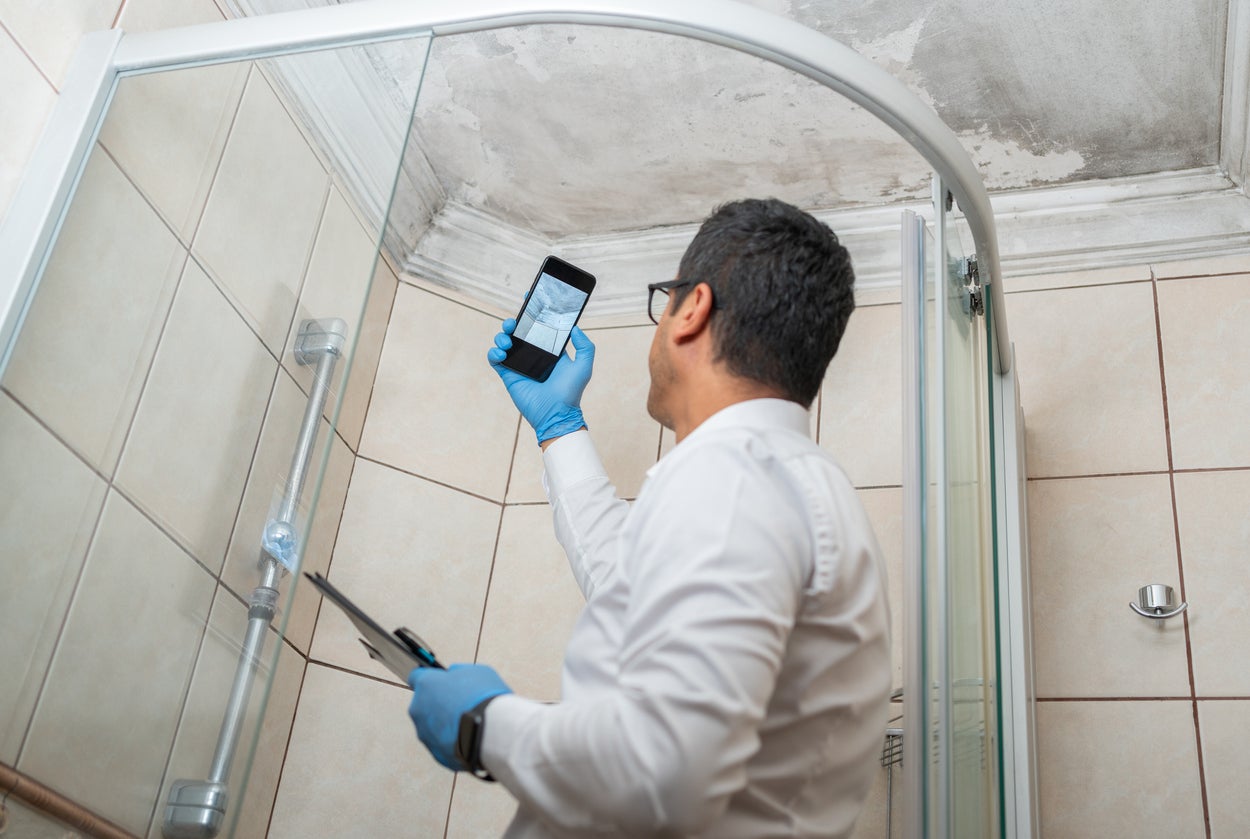Testing Air Quality After Mold Remediation
Wiki Article
Effective Blog Post Mold Remediation Solutions for Your Home
Mold and mildew development in homes can be a persistent problem, commonly calling for a systematic method for efficient post-remediation options. From understanding the aspects that contribute to mold advancement to applying proper cleaning methods and moisture control steps, the procedure can be intricate yet critical for keeping a healthy and balanced living atmosphere. In addition, discovering natural remediation remedies and developing a routine for ongoing upkeep are essential parts of a thorough mold and mildew remediation strategy. As homeowners strive to resolve mold and mildew worries, discovering one of the most reliable services becomes paramount for the health of their families.Recognizing Mold Development Variables
The key factor adding to mold growth is dampness. Mold and mildew spores call for moisture to germinate and flourish, making humid or moist environments extremely at risk to mold infestations.
Furthermore, air movement and light direct exposure can impact mold and mildew growth. Areas that do not have appropriate air flow and all-natural light are more vulnerable to mold growth. By resolving these elements comprehensively, people can efficiently mitigate mold development and protect their living environments.
Correct Mold Cleansing Methods
Utilizing effective cleaning methods is vital in preventing the recurrence and dealing with of mold contamination in indoor atmospheres. The very first action in correct mold and mildew cleaning is to contain the affected area to avoid the spread of spores to uncontaminated areas.
Implementing Wetness Control Actions
To efficiently prevent mold development and contamination in interior environments, executing wetness control actions is paramount. Moisture is the main aspect that gas mold and mildew development, making it important to handle moisture degrees within the home. One reliable measure is to utilize dehumidifiers to preserve interior moisture degrees listed below 60%. Additionally, guaranteeing appropriate air flow in locations vulnerable to moisture buildup, such After mold remediation as kitchen areas and shower rooms, can help in reducing the risk of mold growth. On a regular basis inspecting and repairing any type of leaks in pipes, roofing systems, or home windows is additionally essential in stopping excess moisture build-up. Making use of exhaust followers while food preparation or bathing, and allowing air circulation by maintaining furnishings somewhat away from walls can aid in dampness control. Making use of moisture-resistant products in high-humidity areas, such as mold-resistant drywall and paints, can be useful. By vigilantly executing these moisture control measures, homeowners can properly lower the probability of mold and mildew recontamination and preserve a healthy and balanced interior atmosphere.Utilizing All-natural Remediation Solutions
After successfully carrying out moisture control actions to stop mold growth in interior environments, homeowners can currently check out the efficiency of natural remediation solutions in maintaining a healthy and balanced living area. Natural removal options use ecologically pleasant techniques to fight mold and mold, making them a popular selection for those looking for non-toxic choices. By incorporating these natural remediation solutions right into their cleansing routines, property owners can properly fight mold development while advertising a much healthier interior atmosphere for themselves and their family members.
Preserving a Mold-Free Atmosphere
On a regular basis examining locations vulnerable to mold growth, such as washrooms, kitchen areas, attics, and cellars, is vital. Correct ventilation in locations with high humidity levels is also crucial to protecting against mold development.Additionally, maintaining cleanliness in the home is important for mold and mildew avoidance. Consistently cleaning and dusting surfaces, carpets, and furniture can aid eliminate mold and mildew spores prior to they have a chance to increase and work out. Using mold-resistant products for building and construction materials and furnishings can further assist in producing a mold-free environment. Last but not least, keeping indoor plants in check and making certain correct drainage in outdoor landscape design can decrease wetness accumulation, lowering the chance of mold and mildew problems. By complying with these aggressive upkeep methods, property owners can effectively promote a mold-free home.
Verdict
To conclude, it is important to deal with mold growth elements, utilize appropriate cleaning strategies, apply dampness control procedures, use all-natural removal services, and keep a mold-free atmosphere in order to properly take care of blog post mold and mildew remediation in your house - After mold remediation. By adhering to these methods, you can protect against mold and mildew from recurring and make certain a healthy and balanced living atmosphere for you and your household
The main variable adding to mold and mildew development is moisture. Mold and mildew spores need dampness to grow and sprout, making moist or wet settings very vulnerable to mold problems.To properly protect against mold and mildew growth and contamination in indoor settings, executing dampness control measures is vital. In addition, guaranteeing correct ventilation in areas prone to moisture build-up, such as washrooms and kitchens, can assist reduce the risk of mold and mildew growth.After successfully implementing dampness control actions to stop mold growth in indoor environments, home owners can currently explore the effectiveness of natural remediation remedies in keeping a healthy living room.
Report this wiki page